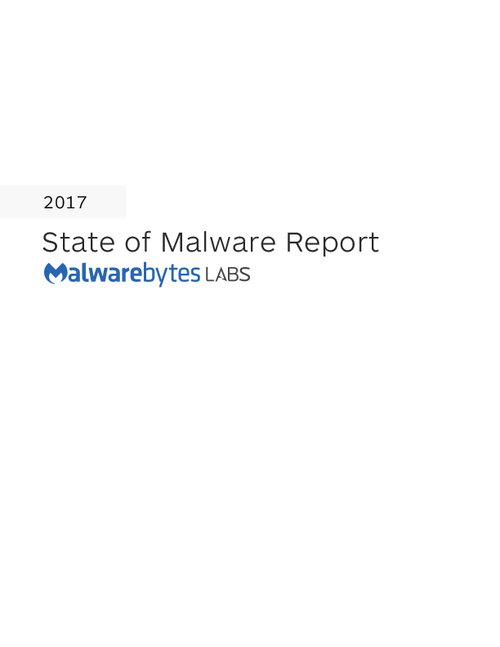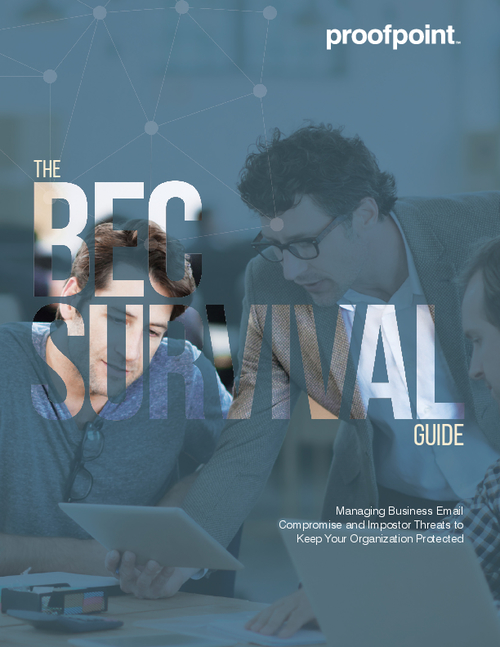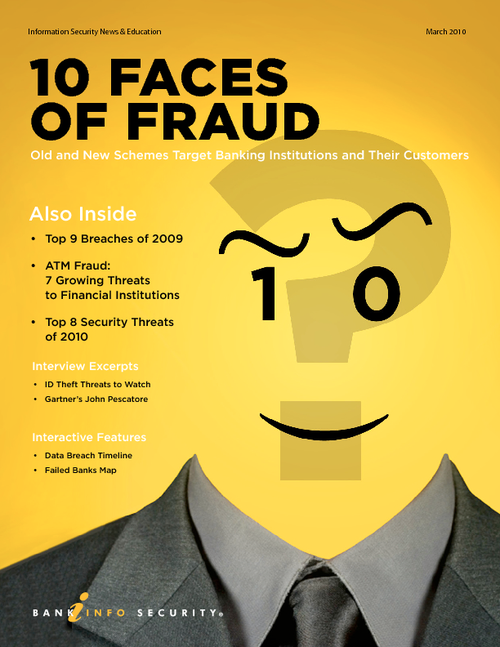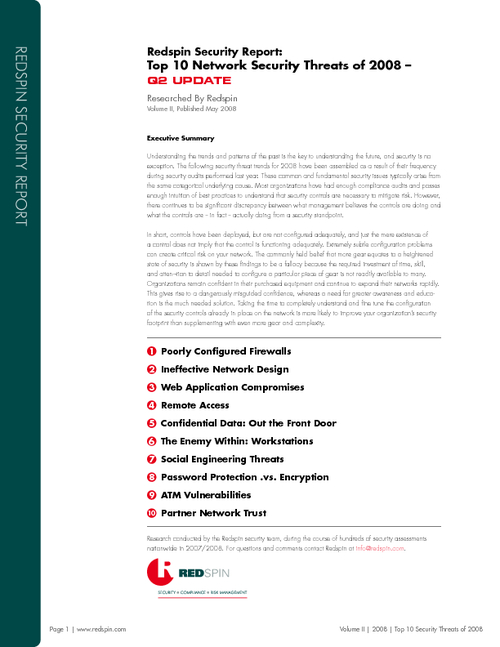How to Foil a Bank Robbery
Physical Security is the First Line of Defense, as Economic Woes Spark Surge in Crimes Phishers and fraudsters might be capturing the headlines, but good old-fashioned bank robbers are still stealing the cash.That's the news from the FBI, which reports an up-tick in violent crime throughout the nation, and which gives Atlanta a dubious distinction: 2007 bank robbery capital of the U.S.
In all, 350 bank robberies were reported in Atlanta last year - 12 more than in second-place Los Angeles. Philadelphia rounds out the top three with 316 robberies, followed by Dallas at 297 and Boston at 255.
Bank robberies across the nation have fluctuated over the past 20 years, peaking in 1992, then declining, and spiking again during recent economic downturns. There were 7,272 robberies in 2006, including those at commercial banks, mutual savings banks, savings and loan associations, credit unions and armored car companies
It's a trend that's got financial institutions' attention.
"What we're hearing from financial institutions [is that] their threat concerns stem from fraud, identity protection and holdups -- in that order," says Randy Benore, Director of Product Development and Planning for Physical Security at Diebold, (NYSE: DBD) a Canton, OH-based company that provides physical security equipment and technology to financial institutions. "Because the economy is slumping, our customers say holdups are increasing and they are becoming more violent."
Doug Johnson, senior policy advisor at the American Bankers Association, says anytime there is a general "downturn" in the economy, its not just bank robberies that go up, but larceny and robberies in general.
As FBI crime statistics point to an increase in violent crime in rural areas in 2007 ( http://www.fbi.gov/page2/jan08/ucr_statistics010708.html), Johnson says he has fielded more calls from concerned bankers. "As the economy has turned, I've had more calls from community bank presidents this year who are saying, 'We've had one or two robberies in the past 10 years, and we've had two this year.' I've had six or seven of these calls over the past six months, and that's something I hadn't seen before."
Johnson has assisted those and other institutions by putting them together with the physical security directors at larger banks who have experience in hardening their institutions. "They've provided insight and thoughtful leadership in helping those community banks mitigate their risks when it comes to bank robberies."
By sharing ideas and best practices with them, he says it helped "those community banks really think through what they're doing now in terms of physical security, and what they could be doing better."
Preventing Bank Robberies
Many banks have already taken strong preventative measures against prospective bank robbers - stopping them before they can even enter an institution.
"There are numerous state associations that have instituted the policy of no hats, hoods, or sunglasses along with the signage for their membership, coupled with a state reward program -- they've been successful in lowering the number of robberies," Johnson says.
Other tips to curtail crimes:
- Keep up with area institutions on hardening technology, practices;
- Share information with peer institutions in area;
- Add greeters at branches where needed;
- Monitor economy in area, watch CAP Index (robberies are up when economies are down).
Sharing information with regional banks is an important step, experts say.
"Knowing what they're doing can be a significant part of your assessment," says Vince Lupe, Director of Product Development and Planning for Electronic Security at Diebold. "You don't want to be the only institution in an area without something everyone else has."
On the physical side of security, institutions can do more to bolster existing infrastructure to prevent bank robberies. "You don't want to be the weakest bank in the area, thus becoming the target of choice of criminals. Let someone else be the low-hanging fruit for the bank robber," says Larry Brown, chair of ASIS International's Banking and Finance Services Council. He is also Senior Vice President and Director of Risk Management for First Citizens BancShares, [NASDAQ: FCNCA] a bank with more than $16 billion in assets, more than 5,000 employees and 400 + banking centers in five states.
Other trends in institutions that have had impact on prevention include the use of "greeters," rather than armed guards. As a preventative measure, their use can serve to welcome the 99.9 percent of customers who are there to do business -- "And turn the potential bank robber away," says Johnson.
This greeter should not be a guard, but an account representative. "It's surprising, just reaching out and saying 'Hi' to a person is something that stops a robbery," Johnson says. "Looking people in the eye and making them feel welcome has the opposite effect on a bank robber," Johnson says.
The emphasis on the customer service angle of a greeter can't be overlooked either, he adds, as competition for customers always looks to provide even more service and the possibility of selling a product to a customer walking into the branch.
For financial institutions, deterring bank robbers continues to be a balancing act between creating a welcoming environment and maintaining strict security measures. By having a well-prepared staff, along with the layers of alarm systems, high-tech cameras and other tracking devices, all will be effective in helping law enforcement officials catch bank robbers.
One bright point to consider, according to the latest FBI statistics: Three out of four bank robbers are caught within 18 months of their crime.






















